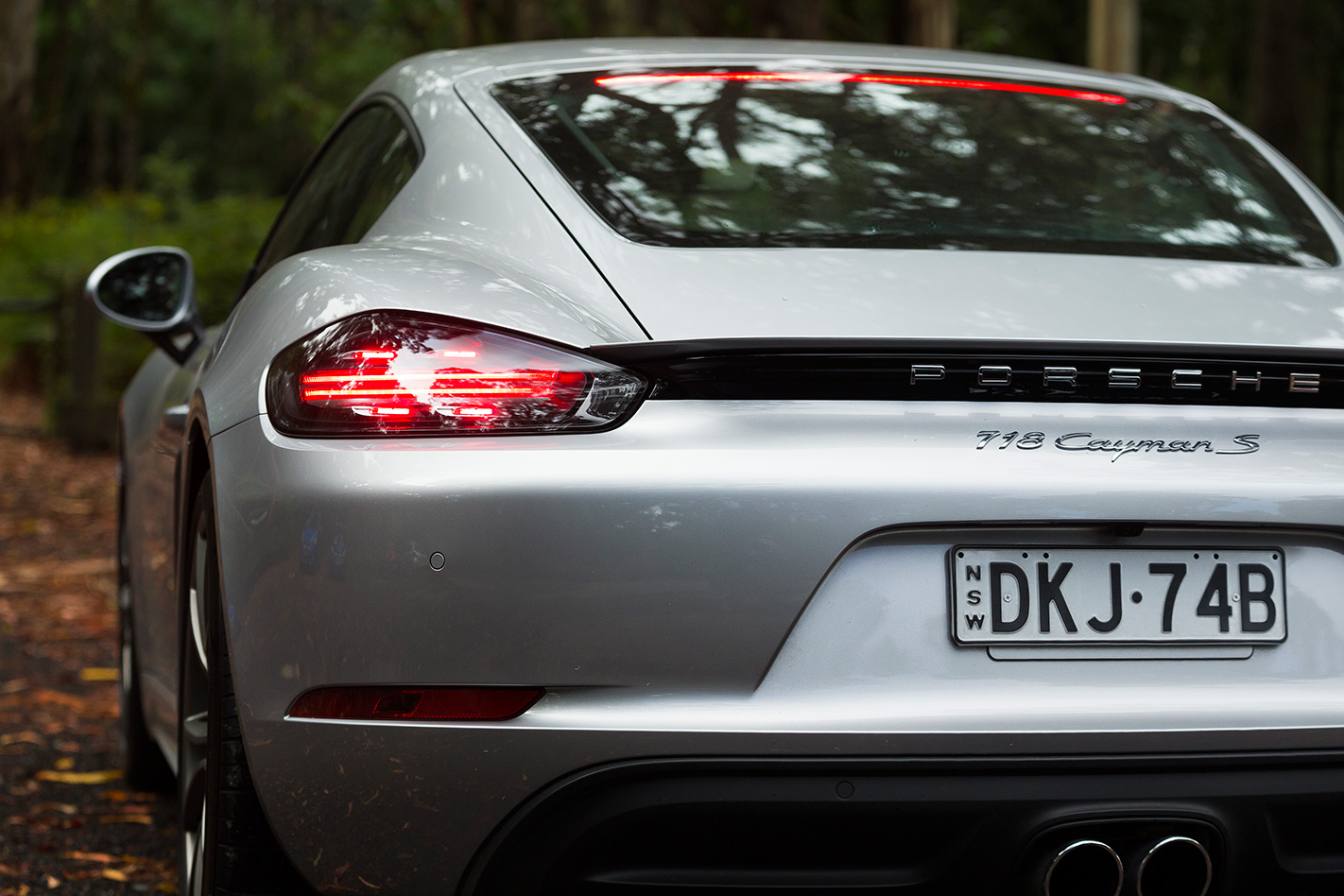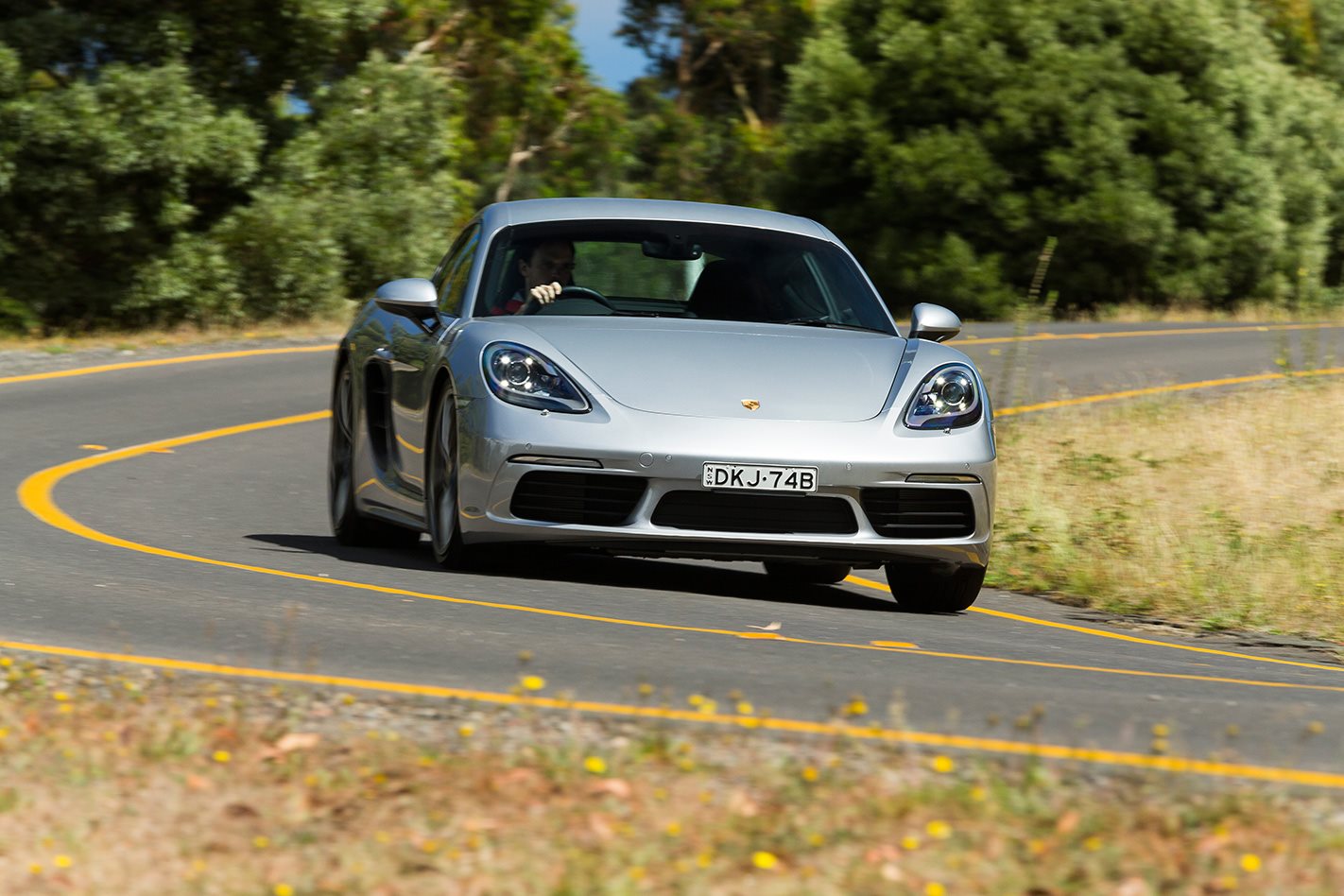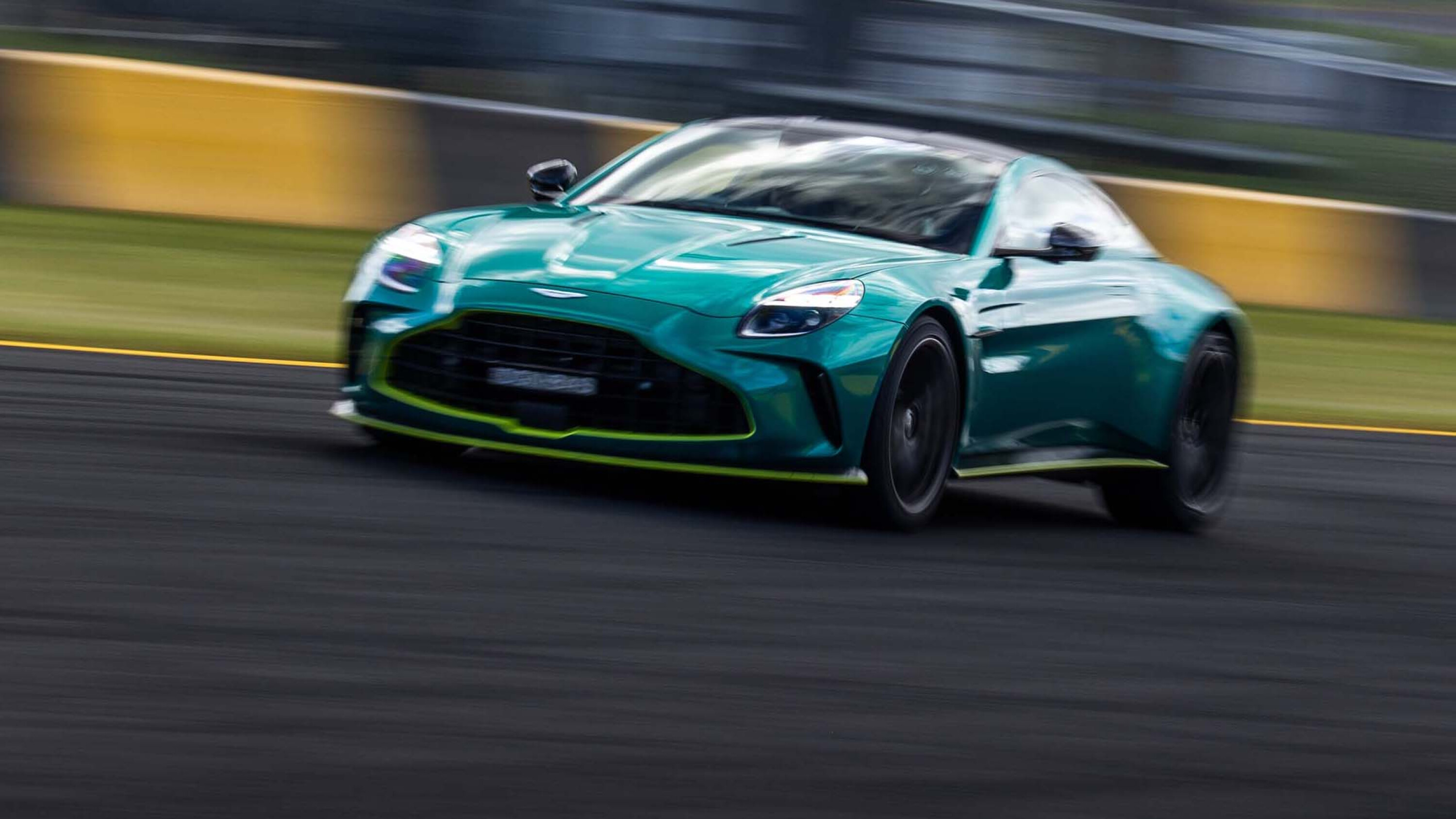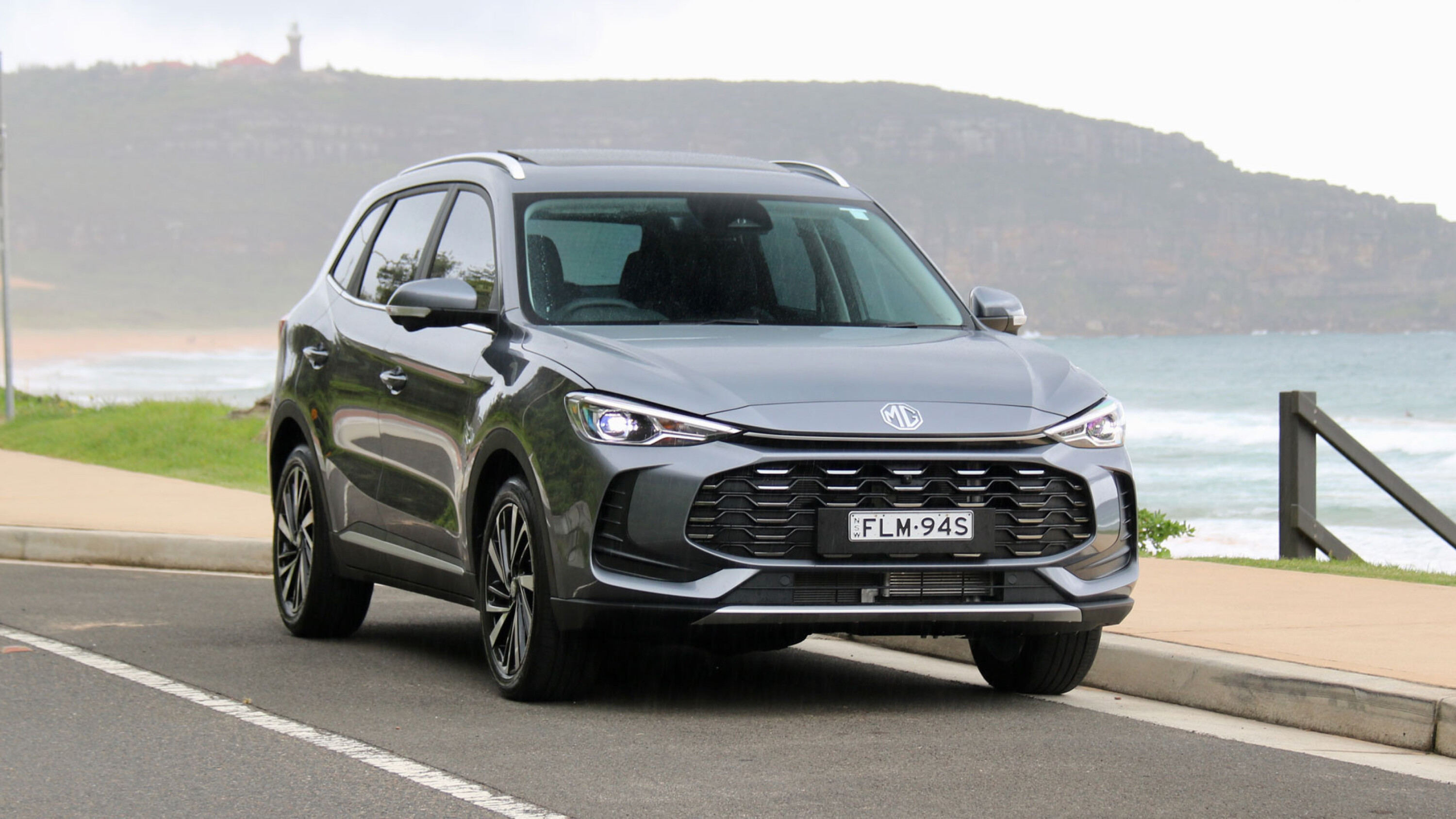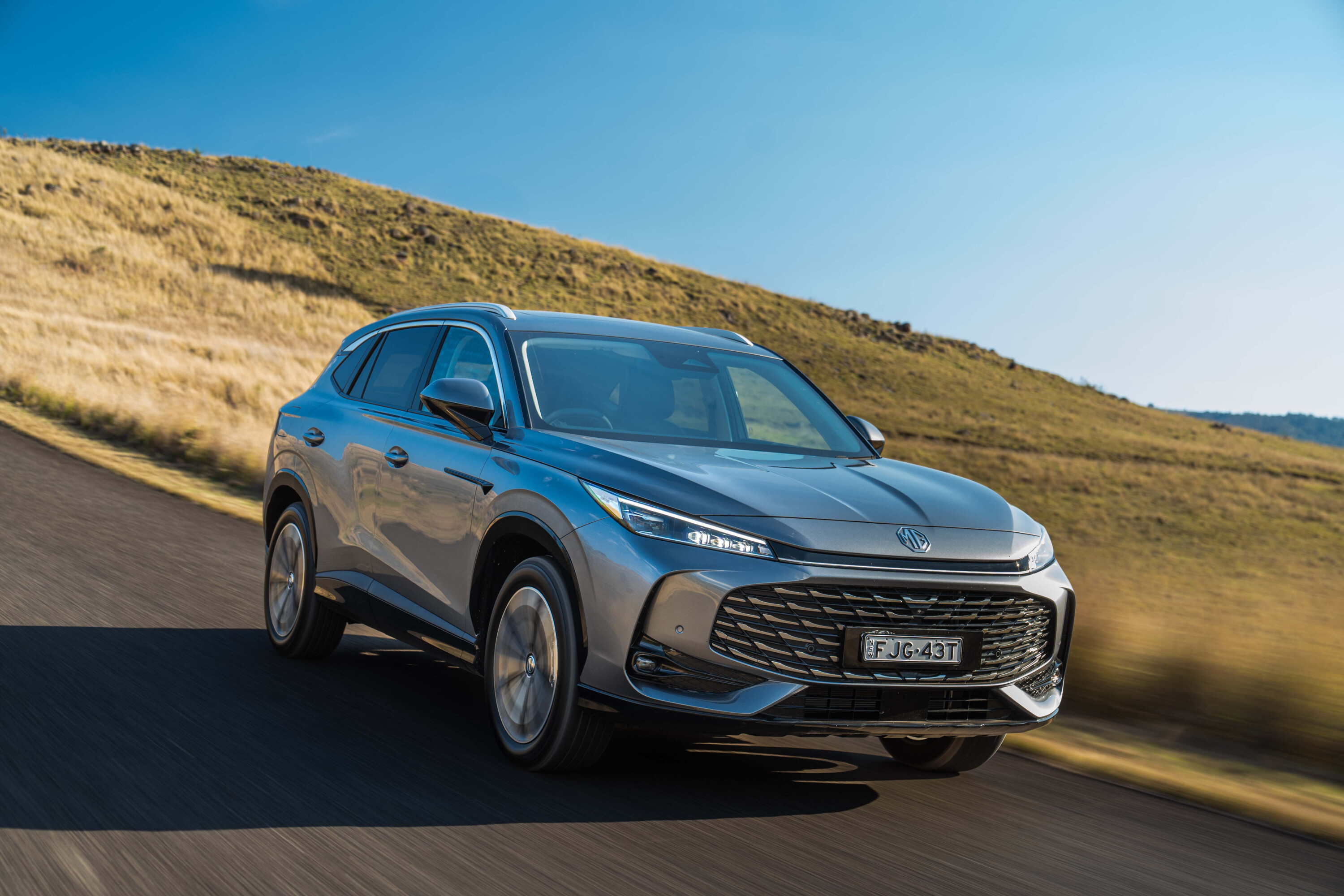Cayman is utterly brilliant. Apologies for killing the suspense, but I suspect that’s not going to be a particularly surprising verdict for anyone familiar with Porsche’s engineering expertise.
No, the truly vexing question is, is this new Cayman a more desirable car than its predecessor? A highly subjective criterion, but an important one, as desirability is a key attribute when deciding on a sports car – no one buys one because they need one.
Let’s start with the case for the defence. The 718 Cayman may have lost two cylinders, but it’s gained a turbocharger and in ‘S’ guise that means 257kW/420Nm from the 2.5-litre flat-four. This is 18kW/50Nm more than previous Cayman S’s 3.4-litre flat-six, but were you to overlay the dyno graphs of the two engines you’d see the force-fed four-pot has masses more urge everywhere bar at the very top of the rev range.
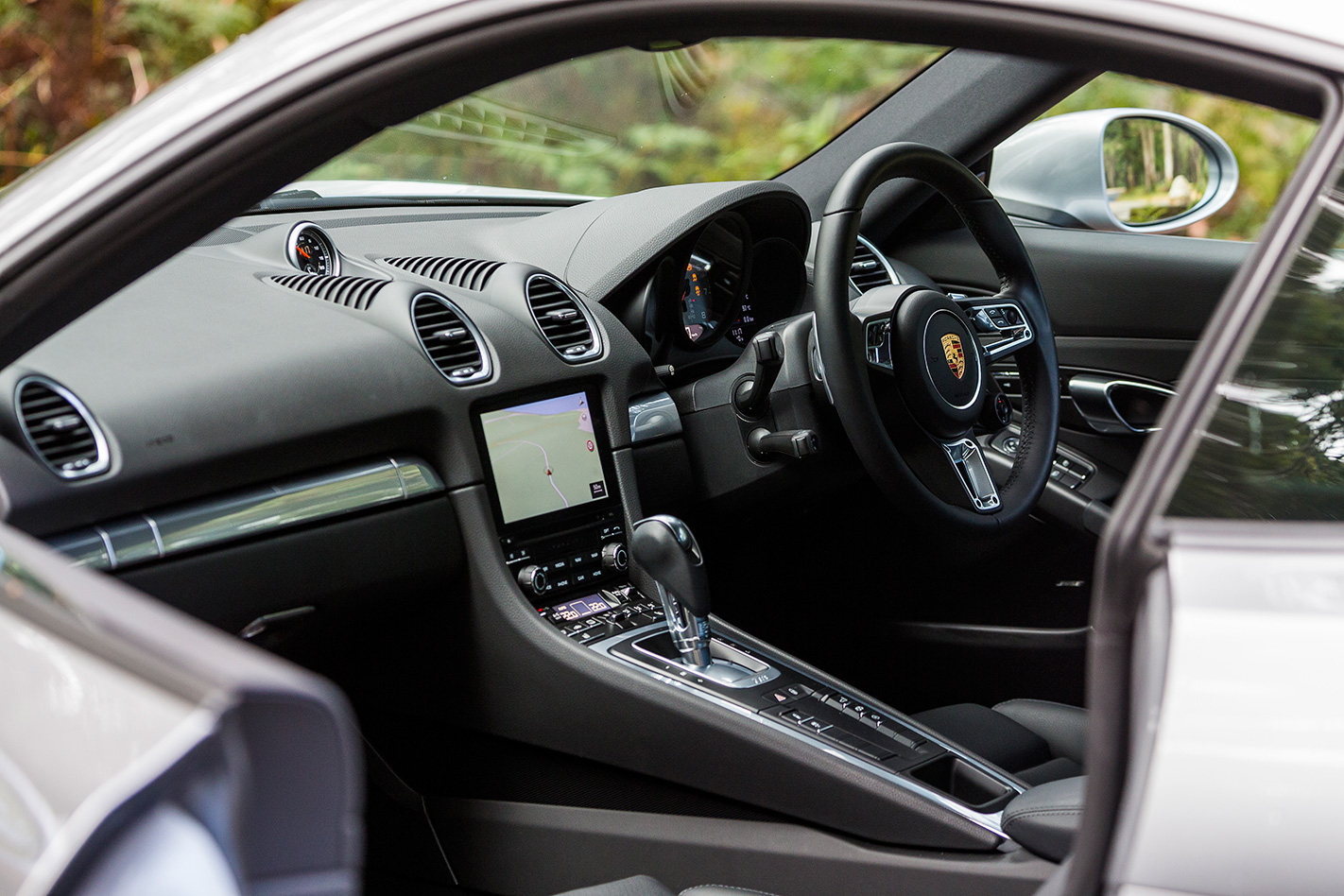
The very long gearing of the previous car remains, but is much less of an issue as there is now neither the need nor the inclination to chase a 7500rpm redline. The huge increase in mid-range torque means you’re changing gears more frequently, which is no chore thanks to the lightning-quick responses of the PDK ’box or the slick action of the six-speed manual, which also features rev-matching if you’re feeling lazy.
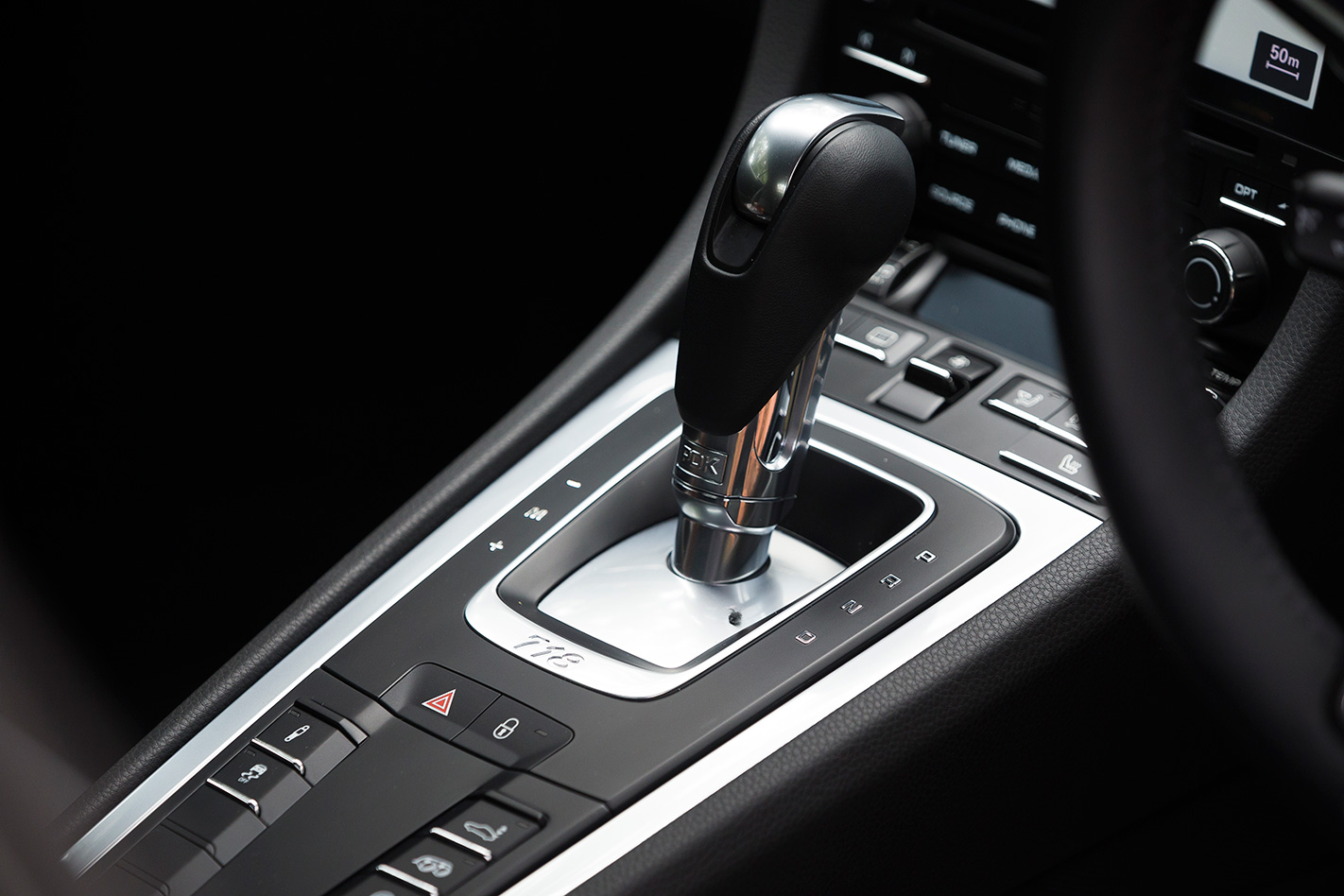
In terms of chassis dynamics, the Cayman is one of the finest cars around. The steering is pin-sharp accurate and beautifully weighted, there’s masses of grip yet the chassis can still be subtly manipulated and despite rubber-band tyres, 20-inch rims and next to no travel, the ride is firm, yet rarely troubling. The 718 is a car you could cover long distances in very easily, especially as the smaller engine has improved cruising economy to a claimed 6.3L/100km for PDK-equipped cars.
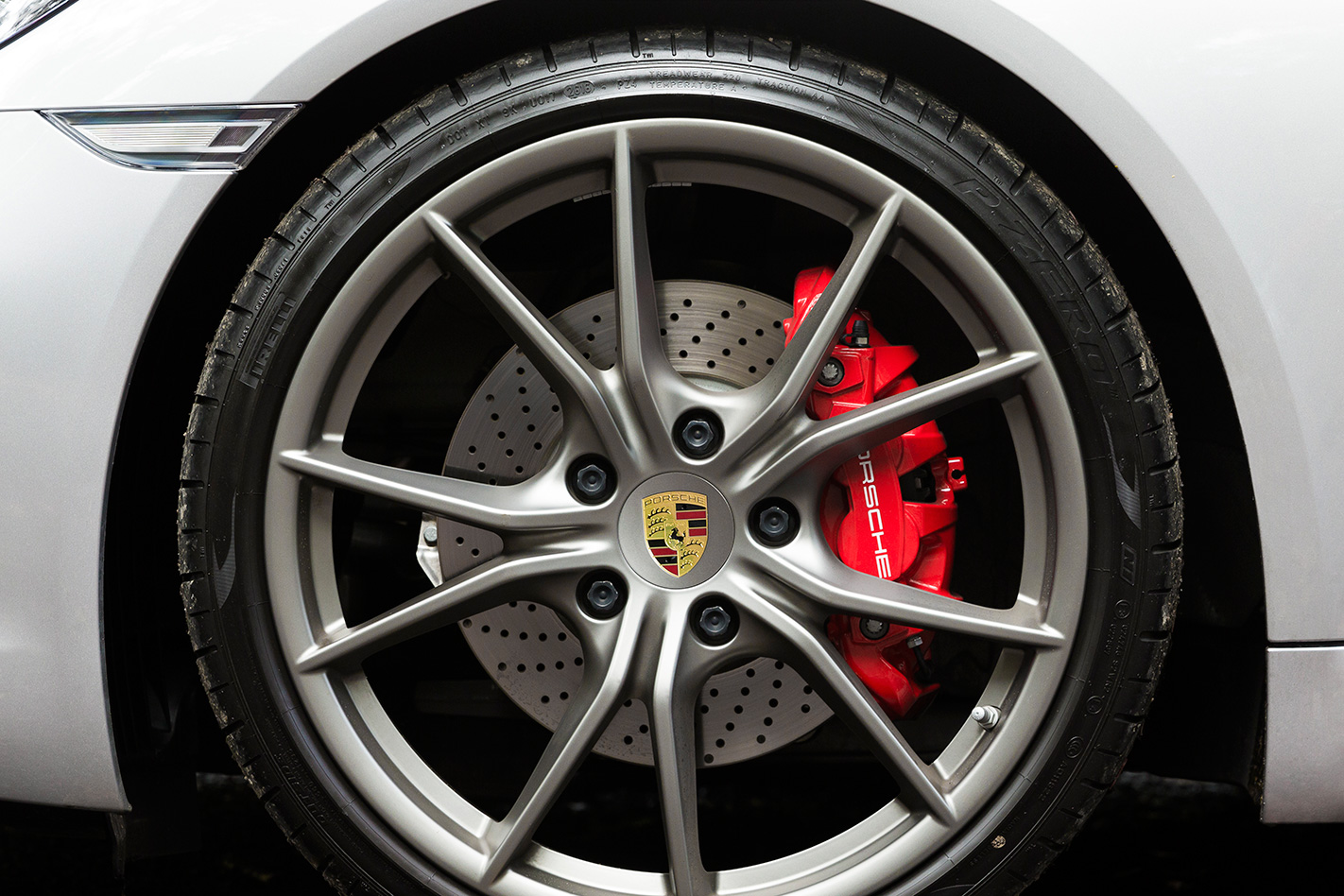
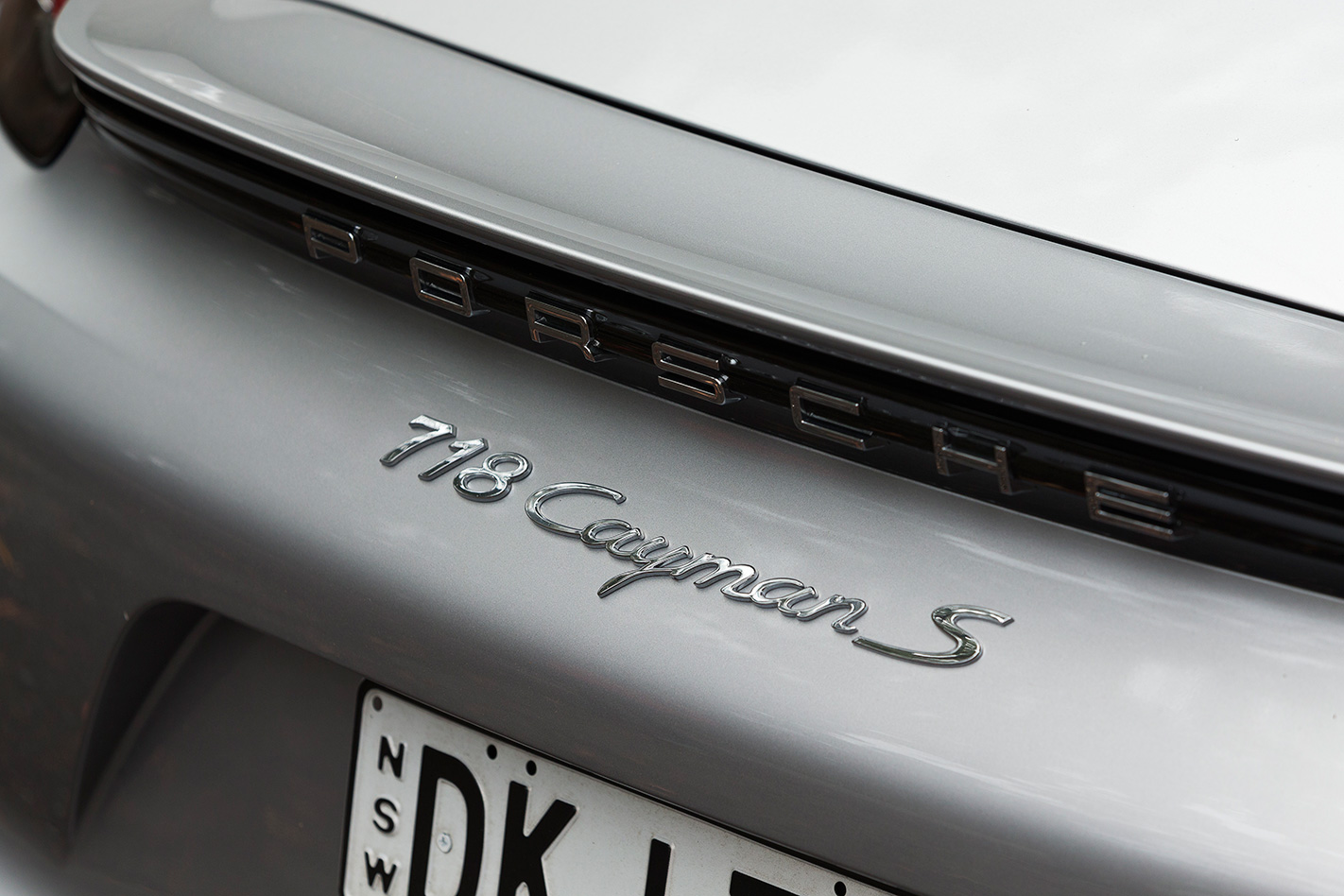
Make no mistake, the 718 Cayman is an amazing car, bordering on driving nirvana, but more desirable than its brilliant predecessor? We’d be driving a 981 Cayman GTS back-to-back prior to purchase just to make sure.
